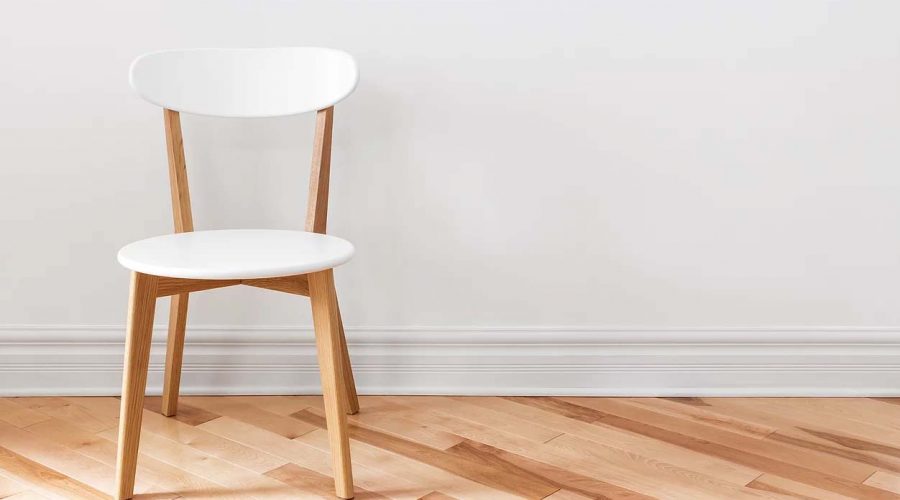A key milestone has been reached on gender board diversity and it’s likely to lead to better overall outcomes for women in business.
Women now make up 33.7% of board roles in the ASX 200, but there are still 74 boards that have not reached the 30% target and 22 boards in the ASX 200 with just one woman.
According to data compiled by the Australian Institute of Company Directors (AICD), the ASX 300 has reached 32.1% women on boards but still has eight all-male boards and 51 with just one woman.
There has been significant progress in companies in the ASX 201-300.
By mid-August, all companies had at least one woman on its board as of mid-August.
This included Perth-based companies Silver Lake Resources and Chalice Mining Limited which became the latest ASX 200 companies to appoint women to their previously male-dominated boards.
However, having one woman on a board is unlikely to be enough to promote greater gender diversity change at an organisational level, according to researchers at the University of Otago and Purdue University reported in Human Resource Management (published by Wiley).
Rather the study found that two or more female directors, or 20% or more female board seats, appears to be more effective in reducing gender segregation because it sends a stronger signal that an organization is making a deliberate strategic choice.
AICD CEO and Managing Director Angus Armour said to ensure this momentum continues, boards also needed to look further into the diversity of their executive teams.
“The board plays a key role in setting the tone for inclusion within an organisation, and through their own modelling of diversity can play an influential role in inspiring and supporting women into management roles.
“If these principles were truly embraced by organisations, there is no reason we shouldn’t witness gender parity across leadership ranks much sooner than is currently anticipated.”
The recent Towards Board Gender Parity report by the University of Queensland Business School highlighted that Australia was one of just three countries in the world to reach 30% women on their top listed company boards without mandated quotas.
However, the report identified that there are potential risks to future progress on gender diversity, one of them being the shrinking pipeline of women into CEO and senior executive roles.
30% Club Australia Chair, Nicola Wakefield Evans, said, “To ensure sustainable change, organisations should set clear targets to report against, invest in talent pipelines and make leaders accountable for improving women’s progression into leadership roles.
“Key to this will be challenging the current environment to create career pathways and ensuring cultures in which women are able to thrive and progress into leadership roles.
“The calibre and experience of women being appointed to ASX boards, from those who are well established to those achieving their first listed role, is exceedingly high, busting the myth that setting board gender targets would lead to a decrease in the quality of appointments.”
Earlier this month, the 2021 Chief Executive Women’s (CEW) Senior Executive Census echoed this concern, revealing little progress on the representation of women in key executive roles in the past five years. It revealed that women hold only 10 CEO roles in ASX 200 (down from 14 in 2018) and 18 in ASX 300 companies.
The AICD is urging companies to use each appointment as an opportunity to shift towards a sustainable model of equality that ensures women are represented across each level of leadership.
The AICD also encourage all organisations to embrace a 40:40:20 model of board gender diversity, where boards have at least 40 per cent women directors and 40 per cent men directors, as good practice.
For less than $2 a week for individuals or $10 a week for organisations, you can become a Financy Member and make an investment female financial progress and achieving economic equality.














